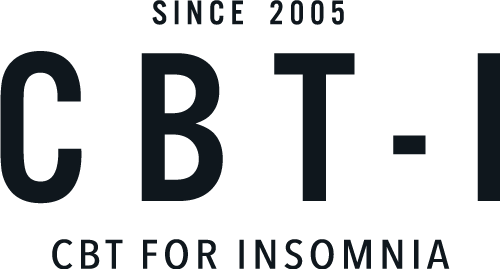Covid-19 and Insomnia
Millions of people suffered from insomnia before the coronavirus. Unfortunately, this pandemic has created many new challenges, including social, personal, and financial stressors, that can exacerbate insomnia and trigger new cases of insomnia in people who previously had no sleeping problems.
The disruption in daily life due to social distancing, school closures, quarantines and isolation, and working-from-home all involve highly stressful changes that can lead to insomnia. These changes also disrupt our internal circadian rhythm that regulates sleep. When we don’t have the normal zeitgebers (time-givers) that set our circadian rhythms like dropping kids at school, arriving at the office, meal times, attending recurring social events, or going to the gym, our sleep can become disrupted. Being stuck at home, especially if it has low levels of natural light, may reduce light-based cues for wakefulness and sleep. Covid-19 can also bring about anxiety, fear and depression that have the potential to cause significant sleep problems. Late-evening extra screen time on phones, watching Netflix on a tablet, or putting in extra hours staring at a computer while working-from-home can disrupt sleep because late-evening blue light from screens can suppress the natural production of melatonin, a hormone that the body makes to help us sleep.
If you are experiencing insomnia during Covid-19, here are the 10 most important CBT-I techniques for improving your sleep during this time of unprecedented changes:
1.Your time in bed, from lights out at bedtime to the time you out of bed in the morning, should not be more than your average sleep duration plus one hour. For example, if you sleep 6 hours on average, do not spend more than 7 hours in bed from lights out to arising time. This is the most important behavioral technique for improving your sleep.
2.Do not vary your arising times by more than half hour, including weekends, no matter how little or poorly you have slept. This will help your brain develop a consistent sleep rhythm.
3.If you do not fall asleep within 20-30 minutes, go to another room and engage in a quiet, relaxing activity for 30 minutes, then return to your bed. Do the same thing if you wake up during the night and don’t fall back to sleep within 20-30 minutes. This is called the “half hour-half hour rule”.
4.Use the bedroom for sleep and sexual activity only. If you prefer to read or watch television in bed before lights aid as a relaxation activity, limit this to 20-30 minutes. Similarly, arise within 20-30 minutes of your final awakening.
5.Don’t worry about getting eight hours of sleep. People who live the longest sleep seven hours per night, adults average 7 hours, and most people need between six and eight hours of sleep to function effectively during the day. For sleep loss that occurs a few nights per week, many people can function on 4-5 hours of sleep.
6.Since studies consistently show that poor sleepers underestimate how much they sleep they actually obtain, tell yourself you are getting more sleep than you think.
7.Allow an hour wind-down period before bedtime and make sure you feel drowsy when you turn the lights off to go to sleep.
8.Practice relaxation techniques at bedtime or if you wake up during the night: muscular relaxation, relaxing imagery, and abdominal breathing techniques.
9.Exercise by taking a brisk walk 3 to 6 hour before bedtime. This will improve your sleep by causing a greater rise and fall in your body temperature.
10.Keep your room cooler to help your body temperature fall, avoid caffeine after 10 am and avoid exposure to blue light from tablets, phones, and computers at least an hour before bed.
